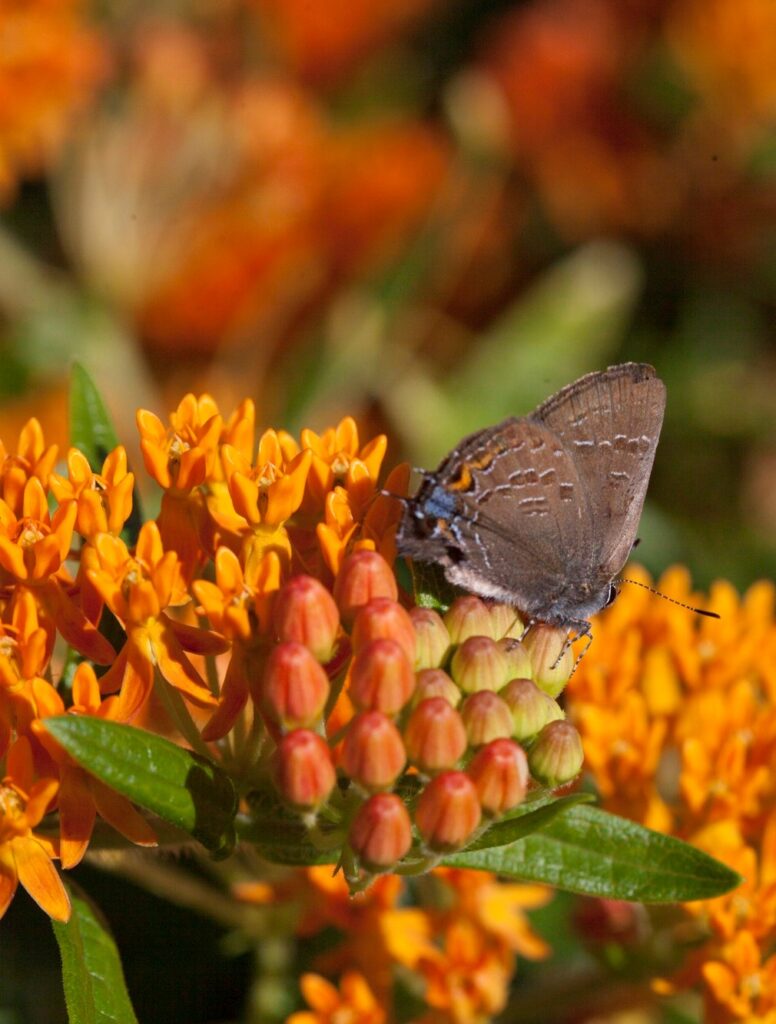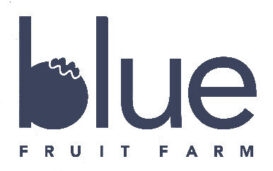Pollinator Habitat Restoration

ENCOURAGING POLLINATORS
Pollinators work hard to help us produce a bountiful harvest. We strive to provide native pollinators with the habitat they need to survive and flourish. This starts with organic practices. Crop diversity and refraining from applying potentially harmful insecticides are the first steps in encouraging these native pollinators. At Blue Fruit Farm, we use several tactics to further encourage pollinators. Crop diversity is achieved within our fields by planting a range of species and varieties within species. This practice ensures that something is always blooming to attract pollinators. Early flowering honeyberries, juneberries and black currants provide pollinators, especially over-wintering bumblebee queens, early pollen and nectar. Blueberries, aronia and elderberries bloom later in the season after early blooms are spent.
We also planted several flowering plants which are not harvested, but are kept for their ability to attract beneficial insects. This practice began in 2011, when we added a row of butterfly weed and New Jersey tea – a drought tolerant shrub that we planted because we saw it covered with swarms of pollinators while in bloom. In early 2014, we added hairy mountain mint plants between our plum trees. A native to our area, it is considered “THE plant to have” for attracting pollinators. We have also recently planted anise hyssop between our fruit bushes. Adjacent to Blue Fruit Farm lies about 25 acres of restored prairie which is maintained with the help of our friends at Prairie Moon Nursery. The field features a wide variety of native grasses and flowers, providing a beautiful display throughout the season of coneflowers, butterfly weed, wild indigo, indian paintbrush, and many more. The field is burned in the spring time to promote new growth, and seeds are harvested throughout the season and sold through Prairie Moon. This field provides a wonderful habitat for pollinators as well as for migrating birds.
